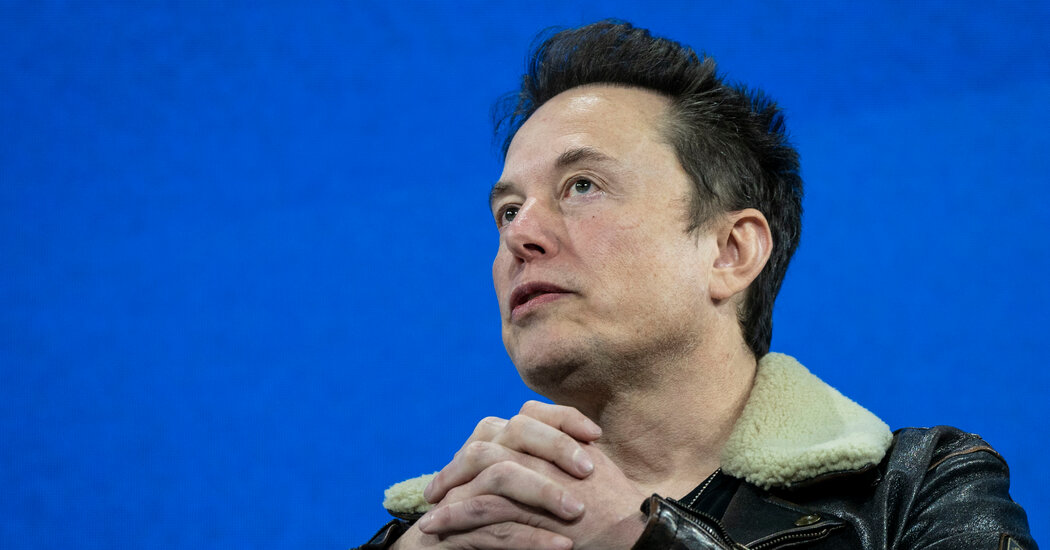- cross-posted to:
- technology
- cross-posted to:
- technology
In the spring of 2020, when President Donald J. Trump wrote messages on Twitter warning that increased reliance on mail-in ballots would lead to a “rigged election,” the platform ran a corrective, debunking his claims.
“Get the facts about mail-in voting,” a content label read. “Experts say mail-in ballots are very rarely linked to voter fraud,” the hyperlinked article declared.
This month, Elon Musk, who has since bought Twitter and rebranded it X, echoed several of Mr. Trump’s claims about the American voting system, putting forth distorted and false notions that American elections were wide open for fraud and illegal voting by noncitizens.
This time, there were no fact checks. And the X algorithm — under Mr. Musk’s direct control — helped the posts reach large audiences, in some cases drawing many millions of views.
Since taking control of the site, Mr. Musk has dismantled the platform’s system for flagging false election content, arguing it amounted to election interference.



Is that the only part you read? There was a bit of explanation before that conclusion. You’re going to have to address the substance of my argument if you’re going to make a real counter argument. The reply you just gave me is ‘nuh uh’
I’m not making a counter argument: I’m pointing out your argument is not true. I don’t need an argument: you need to be truthful.